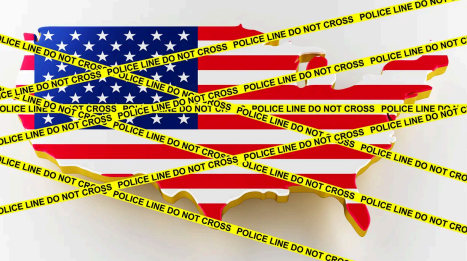The Viral Illness of 'Gun Violence
In March, another mass shooting took the lives of three
children.
Three adults were killed in the shooting.
A fourth adult died as well.
A classroom became a crime scene.
A workplace became a morgue.
A schoolyard transformed into an emergency waiting room.
A small community hosted the national press.
And fame that was never sought was shared across the
globe.
Then just as fast as the collective media cameras zoomed in
for the close up, they panned to another shot.
Because it was over.
But you and I both know it's not.
You felt it when you looked at your child's book bag.
You thought about it when you checked on your Glock.
You thought about it when that nightmare came back with
you crouched under your school desk.
You thought about the sound, the pop pop.
You had questions.
You had answers.
You made sure your supply of bullets was stocked.
You checked on your friends.
You questioned your neighbors.
You wrote letters and posts and emails.
You made sure the door was locked.
And then you checked it again.
Lock lock.
You couldn't eat.
You couldn't sleep.
Your back and head and feet were hurting.
Your stomach was rancid.
Your neck was hot.
Your fingers felt cold.
You imagined you were dead.
All of these feelings. All of this commotion. All of this anger
and rage. All of this terror. All of this horror.
You felt it whether you chose to or not.
ADVERTISEMENT
This is
Bullet
Related
Injury
BRI
The physical, emotional, mental, and spiritual impact of
being injured by a bullet or threatened by one.
It is the whole person experience of having your life
threatened by powder-powered metal.
It impacts families, communities, homes, and nations.
For some it is the foundation of why it is so important to
own a gun.
For others it is the precise reason to not.
And for me as a trauma surgeon and community health
advocate, it is the most significant unrecognized health
concern in America, a "viral" illness whose most virulent
feature is polarization.
This piece is part one in a two-part series on gun violence.
Part two will focus on the history of gun violence and
potential solutions.
is a "trauma surgeon in recovery," who serves
as executive and medical director of Power4STL and The
Bullet Related Injury Clinic, known as "The BRIC."

